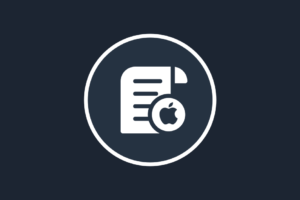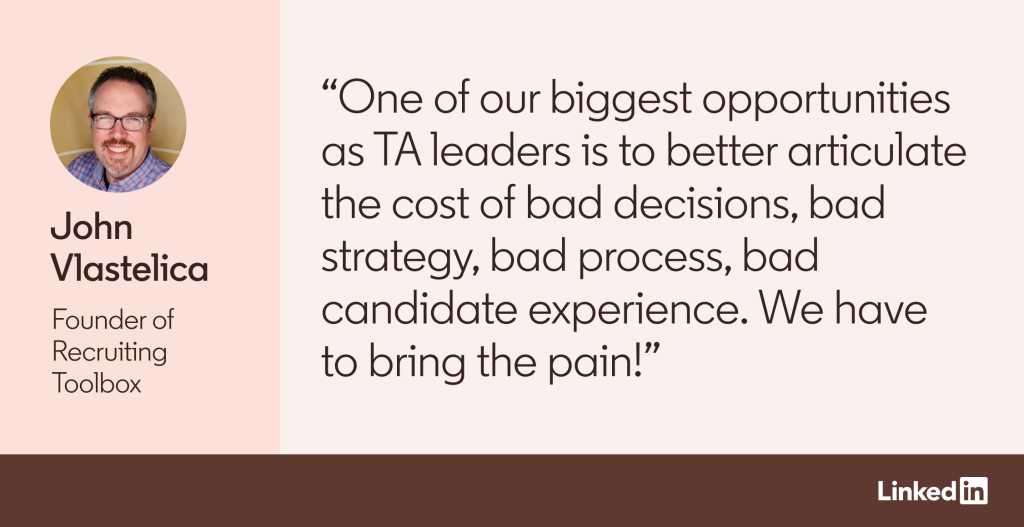The six clusters break down roughly as follows:
- Talent Acquisition (top skills include recruiting, sourcing, and interviewing)
- Talent Management, EX, and HR Tech (top skills include employee engagement, human resource information systems [HRIS], and HR management)
- L&D, DEI, and Culture (top skills include training and development, change management, and leadership development)
- Total Rewards (top skills include compensation and benefits, benefits administration, and employee benefits design)
- HR Services Generalist and HRBP (top skills include HR management, HR policies, and HRIS)
- Payroll (top skills include payroll administration, payroll processing, and payroll taxes)
While it’s interesting enough to see these roles and skills mapped out, the most important takeaway is actually about how these clusters have changed over time.
Compared with five years ago, today’s clusters show significantly more overlap with one another. In other words, there’s a growing similarity between the skill sets of various HR roles, even as the number of those roles has increased.
According to Josh and Kathi, this reflects a really positive development. “The HR function is moving into a more cohesive state where it can function as a system,” they write. “When HR people understand the work of other HR domains, they can collaborate better across functional silos.”
Final thoughts
Though the profile of the typical HR professional hasn’t changed much, their roles, responsibilities, and skills have — and will continue to keep evolving.
It may be more accurate to say their roles have expanded: As we’ve seen, the overall number of skills and job titles has increased, but that doesn’t mean the roles are growing apart. On the contrary, the skill sets across distinct groups of HR roles increasingly overlap with one another.
And yet, given the rising demand for administrative talent and falling demand for strategic partners, the HR function still has a long way to go and to grow to become truly systemic.
These have been just a few highlights from The Definitive Guide to Human Resources: Systemic HR, which details how organizations progress from transactional to systemic HR. Hear more about it at today’s LinkedIn Audio Event, and learn more about Josh and Kathi’s work here.
Methodology
This analysis measures a talent pool of 7.5 million HR professionals across all roles – including 400 skills and 250 roles – to determine demographics, skills, role clusters, and role trends over time. For role trends, paid job postings were used and roles were grouped, resulting in a more succinct list. The data was then normalized to the earliest time frame. For the cluster analysis, role clusters were statistically determined based on the 15 top skills for each role. For this part of the study, the HR talent pool was studied over 12 months (September 2022 to August 2023).
Gender identity isn’t binary, and we recognize that some LinkedIn members identify beyond the traditional gender constructs of “male” and “female.” If not explicitly self-identified, we have inferred the gender of members included in this analysis by classifying their first names as either male or female or by pronouns used on their LinkedIn profiles. Members whose gender could not be inferred as either male or female were excluded from that metric. Tenure is defined as the number of years a member stayed at a company before leaving, illustrating when a member is most likely to switch jobs.










